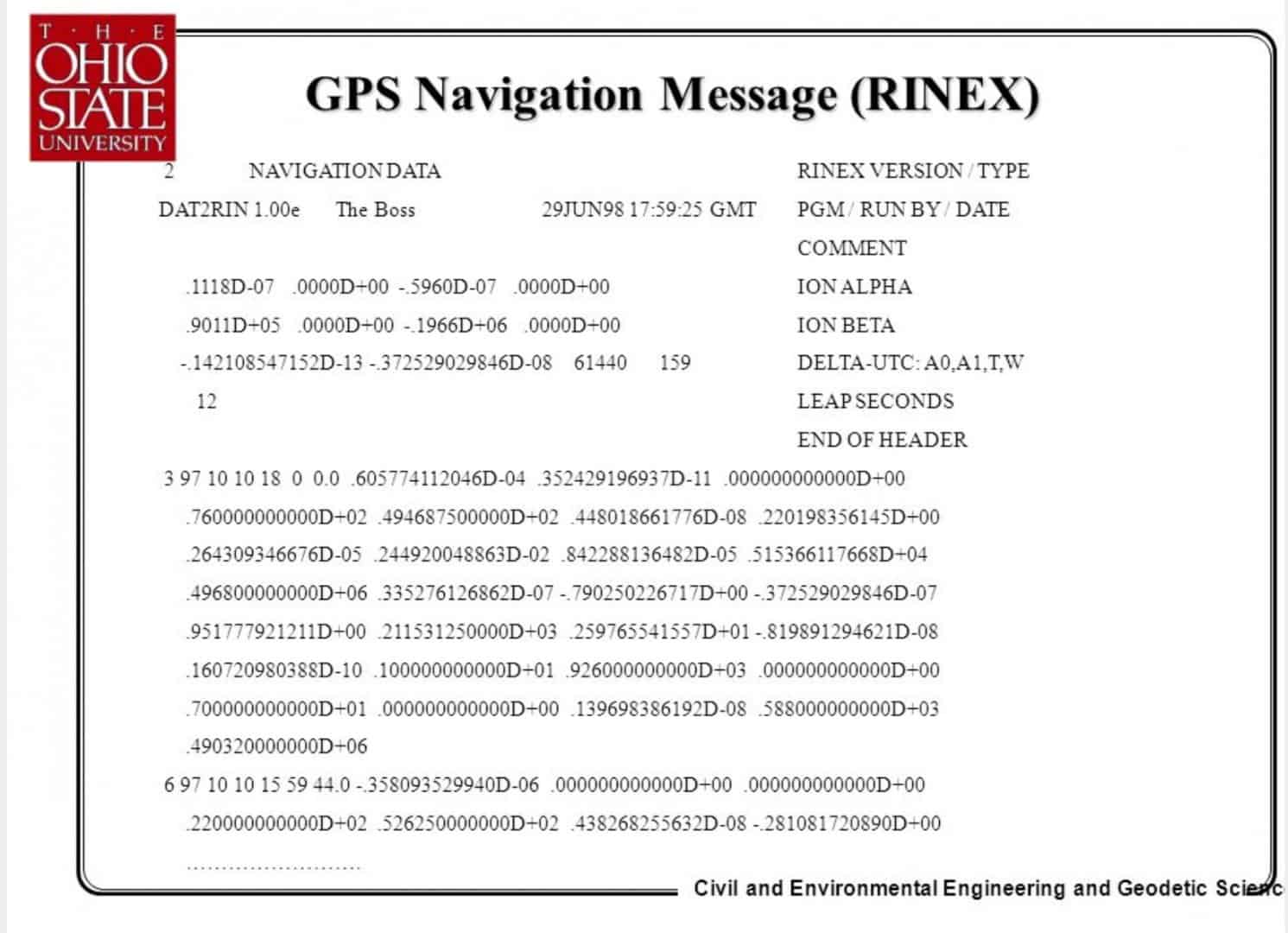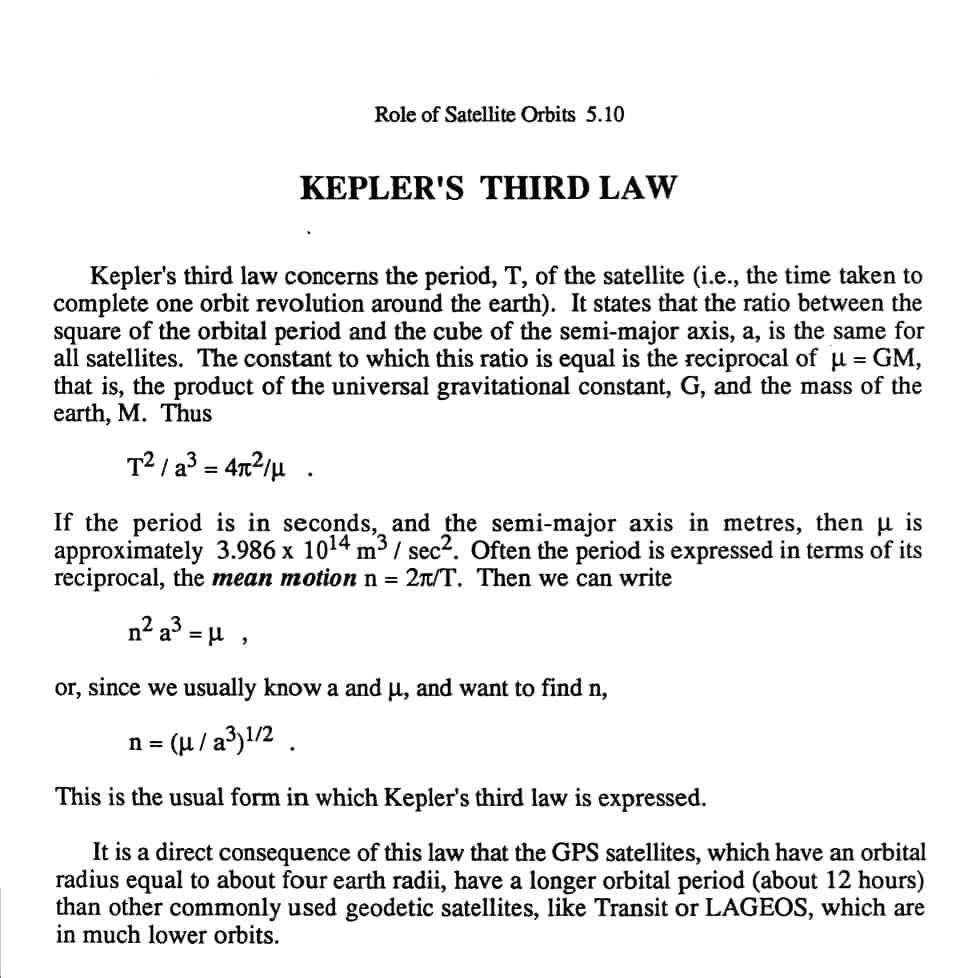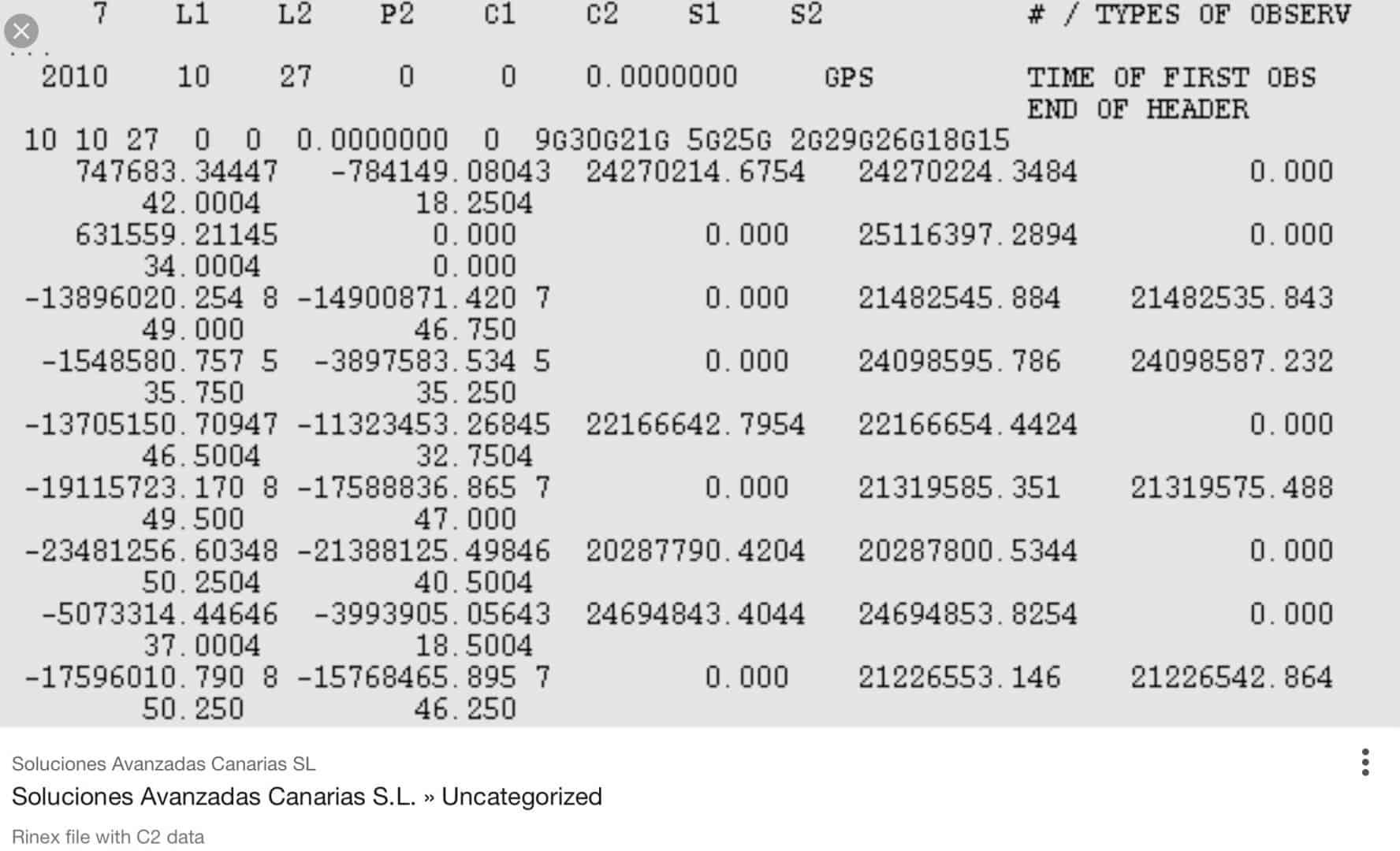How high up are they? About 12,500 miles.
How fast do they move? 8700 MPH
How many Revolutions around the earth is that, in a 24 hr period?
How much do GPS satellites weigh?
How large is a GPS satellite? with it's solar collectors, un furled?
What does a GPS satellite sound like? (To a piece of surveying equipment).
How much does one cost now?
And, why don't we have one installed on the moon?
And, where is my spell checker?
Nate The Surveyor, post: 401071, member: 291 wrote: How much do GPS satellites weigh?
In space; they are weightless...
Don't they have Google in Arkansas?
2 orbits per day. They weigh around 5000 lbs dry, a lot more all fueled up.
Lots of good stuff available on this subject from wikipedia.
Nate The Surveyor, post: 401071, member: 291 wrote:
How much do GPS satellites weigh?
If the calculator I used is correct: on earth they (BLK 2F) weigh about 15990 newtons. At 20,200 km up they weigh about 924 newtons.
Nate The Surveyor, post: 401071, member: 291 wrote: How high up are they? About 12,500 miles.
How fast do they move? 8700 MPH
How many Revolutions around the earth is that, in a 24 hr period?
How much do GPS satellites weigh?
How large is a GPS satellite? with it's solar collectors, un furled?
What does a GPS satellite sound like? (To a piece of surveying equipment).
How much does one cost now?
And, why don't we have one installed on the moon?
And, where is my spell checker?
Geometry would be terrible to the moon.


 There are actual values for your questions. Lots of straightforward calaculations can be made with published data.
There are actual values for your questions. Lots of straightforward calaculations can be made with published data.
The first image file shows the square root of the satellite's radius (wrt the geocenter). Nominal value is 26,560,00 meters.
Second image shows a way to calculate orbital period using Kepler's third law.
The third image, in the next to last column, shows pseudoranges from a receiver to all visible stations (accounting for masking).
For those inclined, an interesting problem is determining the maximum and minimum ranges from a point of interest (your location perhaps) using your preferred elevation mask. This was one our first homework problems in my first GPS course in the early 1990s.
BTW the second graphic is from the textbook for that first course: Guide to GPS Positioning by Canadian GPS Associates available as a free PDF through UNB.
Oh, the link for the UNB publication is: http://gauss.gge.unb.ca/Guide_to_GPS_Positioning.html
And as far as having a GPS satellite(?) on the moon, the Lunar Laser Ranging community finds measurements to reflectors left by Apollo astronauts to be adequate. As we have not visited the moon since 1972!!!!
From Wikipedia
"The ongoing Lunar Laser Ranging Experiment measures the distance between Earth and the Moon using laser ranging. Lasers on Earth are aimed at retroreflectors planted on the Moon during the Apollo program (11, 14, and 15) and the two Lunokhod missions. The time for the reflected light to return is measured."
There is a good article on LLR here: http://lunar.colorado.edu/~jaburns/astr5835/files/LLR.Science.1994.pdf
A typical GPS satellite could not be placed on the moon as is. It would to be self landing, self erecting, self anchoring, have much longer life batteries (1/2 moon cycle in the dark), and have a much more focused antenna array. In other word very big bucks.
For much, much less money the same effect could be done with a few almost stock GPS models in geostationary and geosynchronous orbits. However the useable GPS PRN numbers are limited to 31 because of limitations in many receivers. When receivers become truly capable of using 64 PRN numbers, have a minimum of 16 to 20 channels for each frequency, It may be reconsidered. But, right now receiver manufacturers are concentrating on using all he available satellites, not just GPS.
What would be more cost effective than a GPS satellite on the moon would be three almost stock GPS satellites in moon polar geosynchronous orbit fixed normal to the earth direction. The 384 million meter distance would create a significant time delay in solutions, so possibly using a false time might peed up calculations.
Paul in PA
The orbit, I do recall from Dr. Love teaching our GPS class a few years back, is 11h58m per orbit.
2 orbits per day.
means 360å¡ in 12 hrs.
means 30å¡ per hour.
Means in
20 minutes, it should move about 10 arc degrees.
means we should be able, at the right time of the day to see them.
I think I have seen them. they don't blink, (airplane) and they just go and go.
Time to pull out the old transit....
N
Nice tool to find GPS (and other objects) is here: http://www.calsky.com/cs.cgi/Satellites/12?obs=38448840410365
What does a GPS satellite sound like? (To a piece of surveying equipment).
Remember that Star Trek movie from the 80's where they traveled back in time to modern day SF Bay Area to save the whales and it took them almost the whole movie to figure out that sound the whales were making was for? That's what it sounds like to our receivers!



